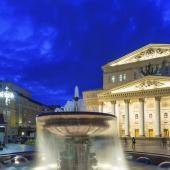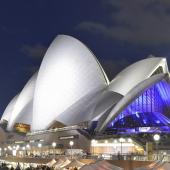Spanish Theater
The Spanish theater was established from the same roots as it once did, the entire European Theater. It was medieval in spirit, as in Spain, the Catholic Church had a great influence. As long as the directors and actors held to the rules, they were allowed to perform their plays.
At that time, Spain was marked by the decline of its former world power. The theater still gave it the impression of a heroic-chivalric world. The mood of melancholy and morbidity, of grief and doubt, were mediated. The theater took it a function of comfort, refuge and distraction. Therefore, the theater became a coveted place in which people of all classes got distracted. The dramatists could hardly keep pace in writing new plays, because the crowd ongoing demanded new ones. At the beginning of the Spanish drama, the work of Miguel de Cervantes Saavedra de is to mention, the author of the parodic Ritter novel "Don Quixote".
Under the dictatorship of Franco, the theater was managed privately. It was also rigidly censored against any critical view of the political and social reality. After the censorship in 1978, the new government began with the development of a public theater system. The Centro Nacional Dramatico now showed international classics and Spanish modern classics. The Compana Nacional de Teatro Clasico performed a repertoire of 16th to 19th Spanish classics. The Centro Nacional de Nuevas Tendencias Escenicas offered a stage for young writers from this time on.
By professionalizing all theatre areas, it was spread throughout the province. In autonomous regions, theater developed in Catalan, Galician or Basque language. Furthermore, in the big cities like Madrid or Barcelona, an alternative theater, which broke new socially critical and experimental theater way, was established.




